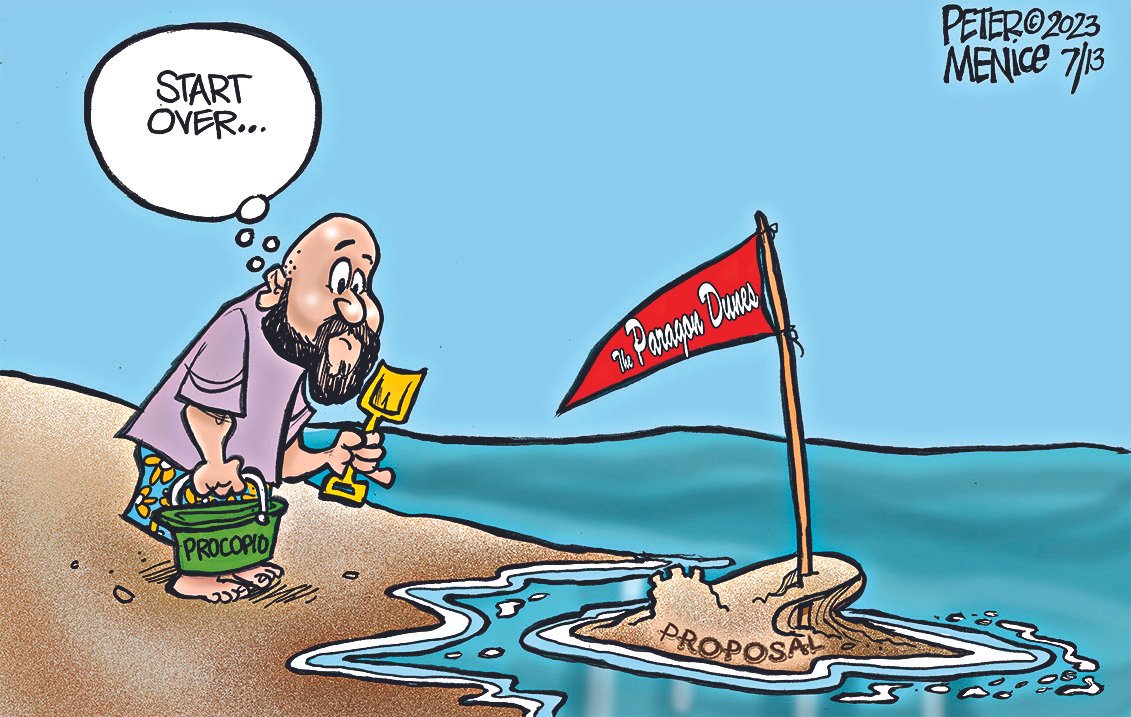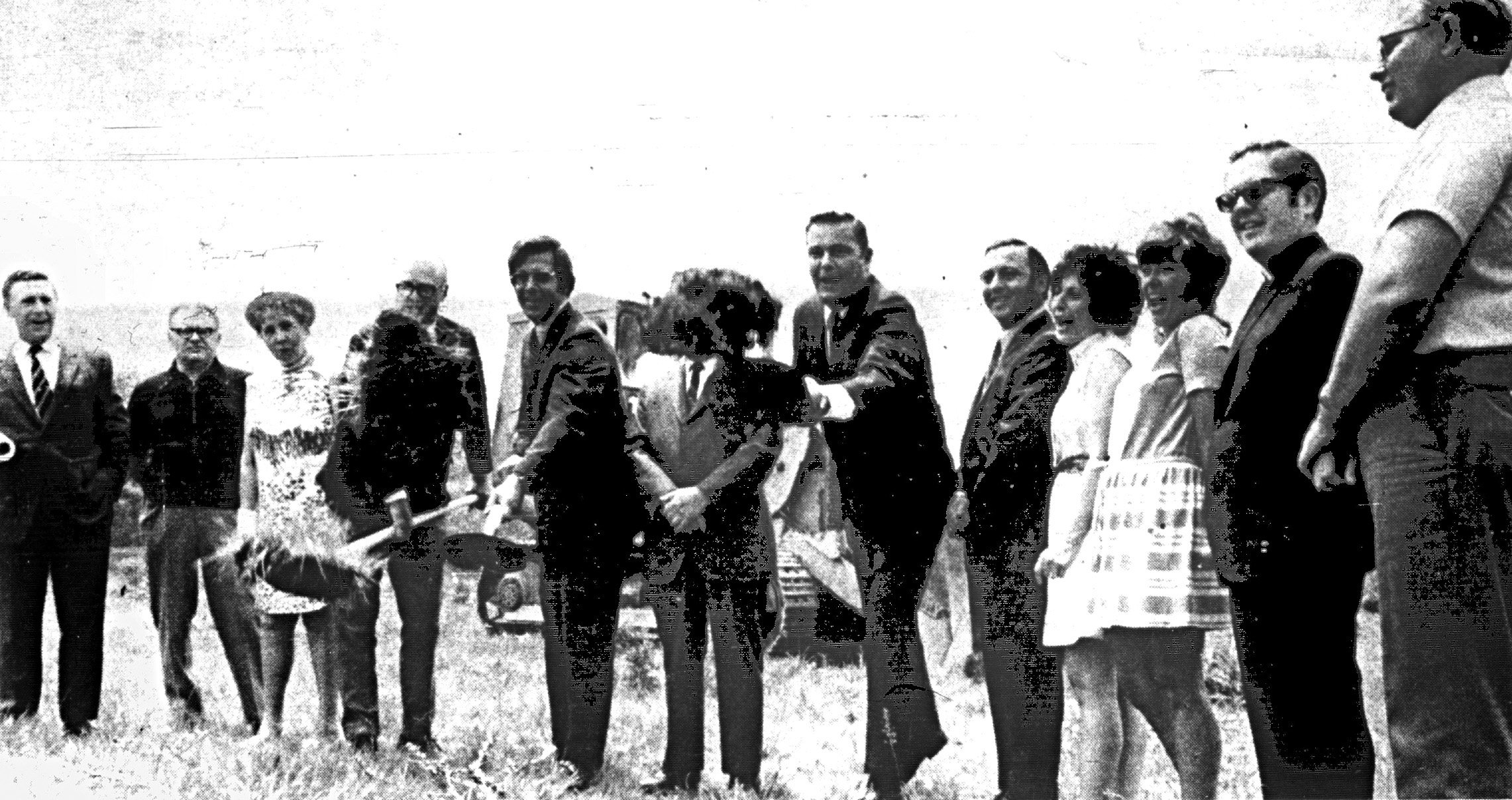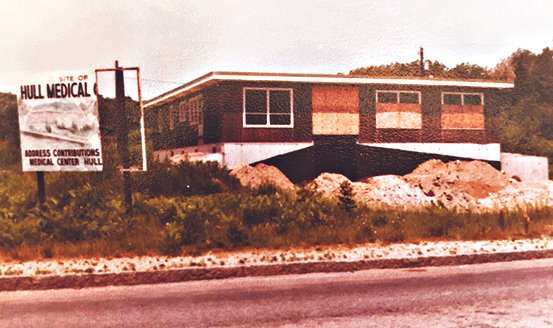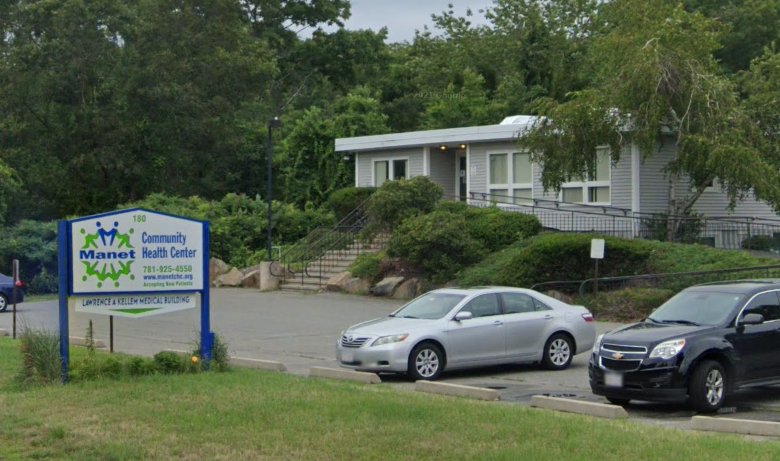“Larry was always benevolent and a supportive champion for Manet’s progress,” Manet Community Health CEO Cynthia Sierra told The Hull Times. “He kept a loving and supportive eye on us throughout the years.”
The planning for this celebration began last year, and with the passing of Kellem in January, event organizers decided this would be a way to honor his memory “and to reflect on his and the other founders’ commitment to ensuring that the residents of Hull would have access to quality health care in their community, thus laying the groundwork for Manet’s existence in Hull,” Sierra said.
“Attorney Kellem’s legacy and impact has been, and will continue to be, felt for years and generations to come by the residents, families, business owners and employees, guests to Hull, and imperatively, by patients in need of local access to quality, welcoming health care with integrated mental health and recovery services,” Sierra said. “We are humbled to live a life with the community knowing that residents from Hull and the surrounding area have access to care each day at Manet. We honor Attorney Kellem as he encouraged, trusted and made this possible, thus leaving Hull a healthier place than when he first encountered it. We’re looking forward to celebrating this wonderful legacy.”
The Seaside Summer Celebration fundraiser will take place at Local 02045, 2 A St., on Thursday, July 20, at 5:30 p.m. The event will be an opportunity “to re-engage with longstanding Manet friends and supporters and to introduce ourselves to folks who may not be aware of the quality health care, programs, and services that Manet offers right here in Hull,” Sierra said.
Kellem’s son, Hull attorney David Kellem, recounted how the medical center came into existence in the late 1960s and the early 1970s, and will also offer his reflections at the event.
“It’s easy to take for granted that this community health center sits on George Washington Boulevard and just does its thing day in and day out – providing high-quality medical care and on-target health programs to our community,” Kellem told the Times. “If you live in Hull, even if you don’t have insurance, you have medical care available down the street. But this was not always so.”
A tragic incident that occurred almost 60 years ago highlighted the need for a local medical center.
In October 1966, 15-year-old student Diane Christopher died in her classroom at Hull High School because local medical care was not available to come quickly to her aid, Kellem recalled. The community launched into action and formed a non-profit charitable organization, Hull Medical Center, Inc., with the mission of bringing doctors and a modern medical facility to town.
“It was a full-on community effort involving town officials, local clergy, the business community, volunteer fundraising committees, and many individual citizens who donated $25 each to reach the goal of $50,000 in seed money,” according to Kellem. “Even the Sears Roebuck corporation got involved in the mission!”
Generous donations from the Hull community and a federal grant provided the seed money to hire a doctor.
“The initial facility, if one can use that term loosely, was the basement office of Dr. John Silva, Hull’s only dentist at the time, located at the corner of B Street and Nantasket Avenue,” Kellem said.
Following a search for a permanent location, the land on George Washington Boulevard where Manet now sits was chosen as the best site, and the Hull Redevelopment Authority donated the former Casa de Joseph building, which had been taken by eminent domain as part of the urban renewal project.
Matthew Muncy of the Hull Highway Department supervised initial site work by the town, and foundation work was performed by Joseph DiVito and Richard Delmonico. Gordon Building Movers literally rolled the building from the HRA property to the Boulevard site. The Hull Cooperative Bank provided the initial mortgage funding, with the Rockland Trust Company later financing an extensive remodeling and buildout of the facility.
Hull Medical Center Inc., a non-profit, ran the operations for many years, hiring and managing doctors, nurses, an executive director, administrative staff, and purchasing all of the equipment needed to treat patients.
“The facility thrived and was dedicated to serving everyone regardless of their ability to pay,” Kellem recalled. “This was a community medical facility in every sense.”
His father performed all the legal work to establish the new medical center. Other civic-minded Hull residents, most of whom had no medical background but supported the idea of a community health center, volunteered their expertise and rallied their neighbors to lend a hand.
“Other people who catalyzed the creation of the facility included Lenny Colten, Frank Kerr, Larry Stone, Albert Minevitz, Wally Richardson, Paul Dunn, Ernie Minelli, Simmy Hartstone, Bill Spence, Carl O’Donnell, Mary Morrissey, Martin Fallon, Sam Garr, Hilda Mahoney, and numerous others, including Hull Public School officials and local clergy,” he said. “It was a true mission for all of the founders. My Dad continued as president of the Hull Medical Center board for decades, and Lenny Colten as vice president.”
In the late 1980s, the original HMC board was ready to pass on responsibility of the day-to-day operations of the medical center and entered into a contract with Manet Health to run the facility under a long-term lease with the non-profit, which still owns the property.
“Manet has been a tremendous steward of the original mission and has the specialized expertise and resources to provide full-time, full-service medical care to the Hull community and beyond,” Kellem said. “Manet, like Hull Medical Center, Inc., is a non-profit charitable organization. It’s legal and philosophical mission is to serve the full local population, regardless of socioeconomic status, ability to pay, insurance status, or health needs.”
Although it might seem as though the earlier Hull Medical Center and the current Manet Community Health Center have always been in Hull, Kellem noted, “It is here only because the community rallied to fill a deep void in available medical care. The story of HMC is the story of so many organizations and institutions in Hull [who supported the effort] and because the people of Hull have a peculiar collective power to rally in times of need, and to take care of each other in the most heroic and meaningful ways.”
Seaside Summer Celebration tickets are $40 each or $75 for a pair. To purchase tickets, make a donation, and for other information, visit www.manetchc.org/hullseaside by July 17.
Funds raised will directly benefit the programs and services at Manet-Hull, including strengthening adolescent health services and behavioral health for children and families, as well as physical improvements for the site.
Do you have an opinion on this issue or a memory to share? Click here to write a Letter to the Editor.



















